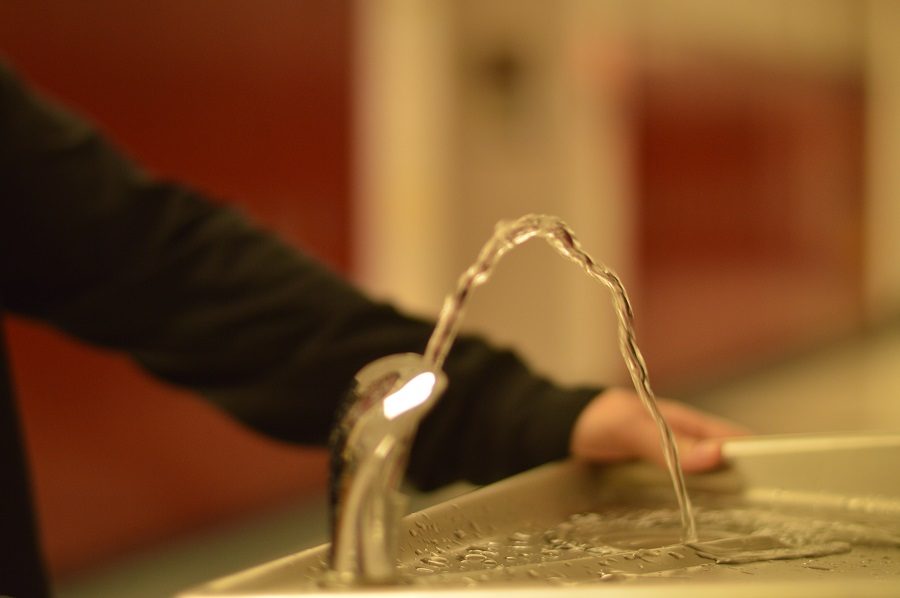MCPS: Prioritize Student Health with Cleaner Drinking Water
Board of Education (BOE) member Jill Ortman-Fouse has introduced a resolution to replace water fountains with water bottle filling stations for students, which includes features that help filter out lead. Installation would cost $1.1 million,
December 20, 2018
Greater amounts of attention are being given to students’ health as high levels of lead continue to be discovered in the schools’ water systems, including in water fountains.
This past summer, testing of water quality in several Montgomery County schools showed that certain schools have elevated lead levels. In light of this, Board of Education (BOE) member Jill Ortman-Fouse has introduced a resolution to replace water fountains with water bottle filling stations for students, which includes features that help filter out lead.
MCPS should invest their money and resources in installing these water bottle filling stations in order to protect student and staff health and work to protect the environment. The BOE’s goal is always to ensure the safety of students so passing Ortman-Fouse’s resolution is an easy decision the school system should begin the process of organizing this funding.
Lead is dangerous to consume, especially for students. According to the Center for Disease Control and Prevention (CDC), children are often more severely affected by elevated lead levels. Surprisingly, many of the schools that had elevated lead levels were elementary schools throughout MCPS according to MCPS summer test results. The effects of lead poisoning in young children can include abdominal pain, vomiting, hearing and weight loss among others, according to NHS Inform, Scotland’s national health information service. Older children and adults could suffer from high blood pressure, abdominal pain, memory loss and other symptoms.
Current water fountains lack the same filtering system that would be present in the possible water bottle filling stations. The new water bottle filling stations would be superior; they can filter out both lead and other bacteria. It also could help prevent sickness due to the lack of hand contact with the filling station as a student could simply place their water bottle down and not touch anything else. RHS currently only has one of these water bottle filling stations near the auxiliary gym which makes it difficult for all students to have access to it.
Besides the immediate health benefits of these stations, installing them would also cut down on the amount of plastic bottles used by MCPS students. The Green Ticker that is part of the water bottle filling station counts the number of 20 ounce water bottles that are saved from landfills with every use of the station.
Installation would cost $1.1 million, which is certainly a significant amount of money. However, it should always be MCPS’ and the BOE’s priority to ensure students’ health. Some students seem to be unsure whether or not to continue drinking from school water fountains although RHS was found not to have elevated lead levels. Adding these filling stations would quell student uncertainty and be the responsible path forward for the safety of MCPS students.




